What is a speed limiter?
A speed limiter is a device that prevents a vehicle from exceeding a certain speed. Some vehicles have an electronic control that analyses road speed data and uses that to restrict engine power, while others are constrained by their gearing and can’t physically go any faster.
Why do vehicles have speed limiters?
Vehicles are limited for a number of reasons, for example, legal limits, fuel economy, the type of vehicle or the type of load. Insurance companies might offer better rates for vehicles which are speed-limited.
Are speed limiters useful?
Unless the speed limiter can detect road signs or be controlled by GPS and react accordingly (something which has been provisionally agreed to be implemented in the European Union from July 2022 using Intelligent Speed Assistance technology), a speed limiter will only ever be set to the maximum permitted on any open road. This means that a speed limiter set to 90km/h in a fuel tanker will still allow the driver to break the speed limit in a 50km/h zone. This is why drivers should have speed management training to help them pick an appropriate speed.
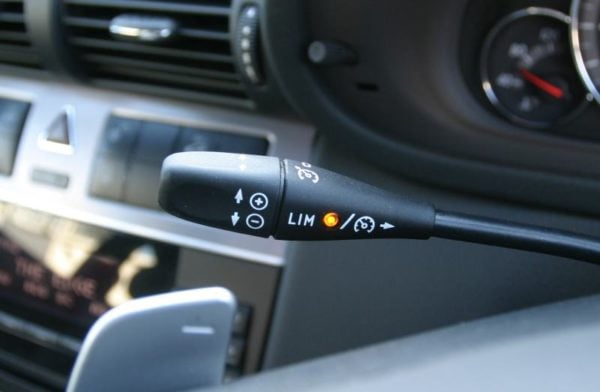
Geofencing can be used to restrict a vehicle’s speed within a certain area, for example, in a warehouse.
What vehicles could be speed-limited
All vehicles are technically speed limited due to their gearing, but some have artificially low gearing. Others have electronic limiting.
School buses: the limit for a school bus is 80km/h, so some buses are fitted with a limiter to help drivers stick to that limit.
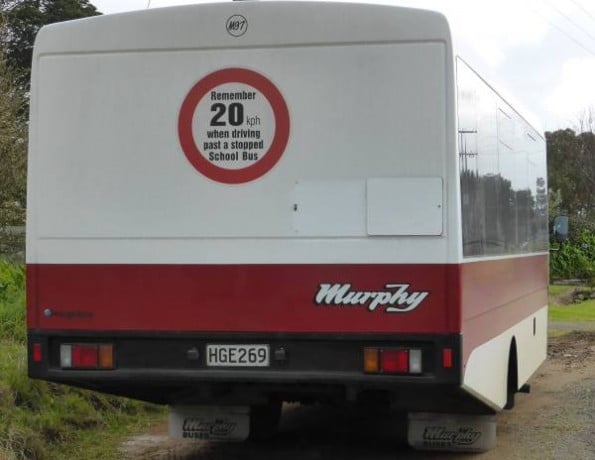
Heavy vehicles: the limit for a truck, bus or coach is 90km/h. For trucks with live loads (e.g. concrete trucks, tankers), slower speeds dramatically reduce the risk of rollover crashes.
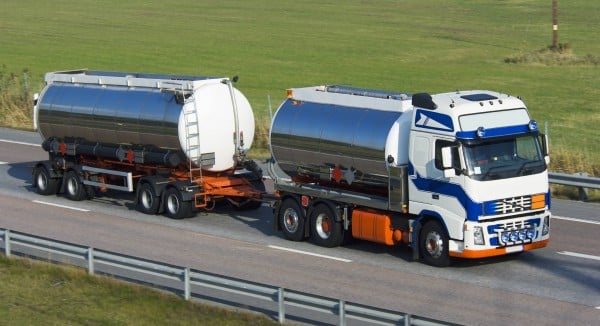
European cars: as well as the aforementioned ISA, many European vehicles have an electronic speed limiter at between 130-150mph (around 210-240km/h).
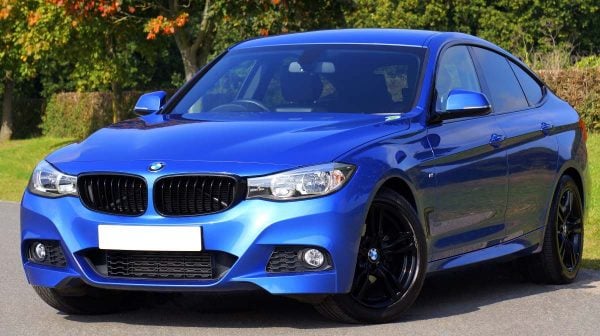
Japanese domestic market (JDM) cars: JDM vehicles often had an electronic limit of 180km/h.
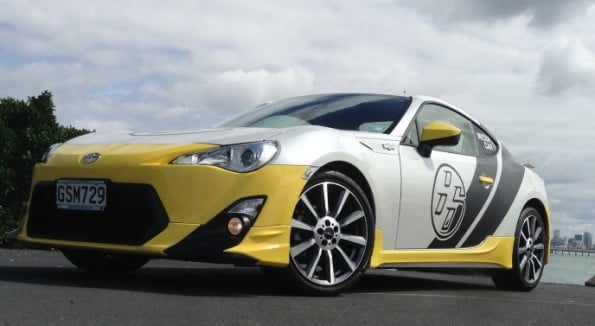
New vehicles: as part of the cruise control system, driver-selectable speed limiters are often included.
Fleet vehicles: some companies mandate speed limiters to reduce risk and driver fines
Mopeds: in New Zealand, a vehicle can be classified as a moped if it has a power output less than 2kW and a maximum speed of no more than 50km/h.
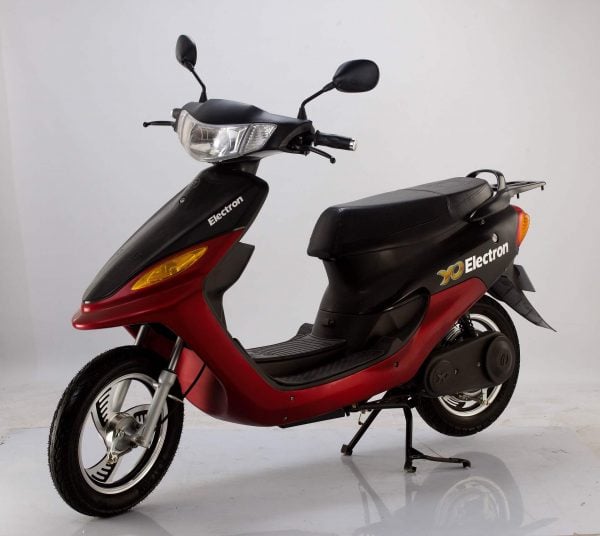
Electric bikes: legislation states that electric bikes should not assist the rider when the speed is above 25km/h (this doesn’t stop the rider from pedalling faster than this, though).
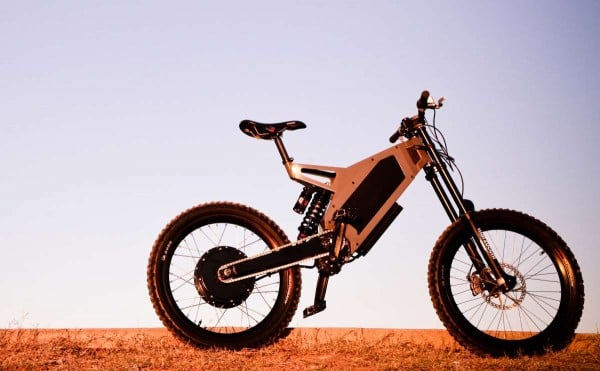
Forklifts: some forklifts are limited by design by the manufacturer to reduce risk while carrying products, and because forklifts are heavy and can’t stop quickly. A large diesel forklift for use in wide open spaces such as ports would have a maximum top speed of 30-40km/h, while those for use in a warehouse would have a limit of 15-20km/h. Forklift training is important so that operators know what speed to operate at.
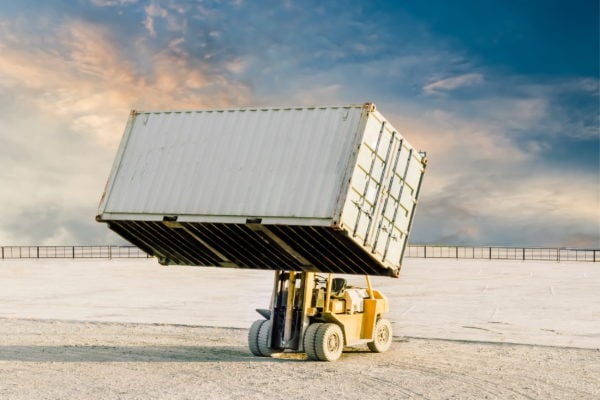
Earthmoving and civil construction machinery: the engine is usually optimised for torque and control on the desired terrain. For wheeled vehicles, this would be somewhere between 20-40km/h, for tracked vehicles, between 10-20km/h and rollers between 8-15km/h. Similar mechanical limits are in place in some agricultural machinery.
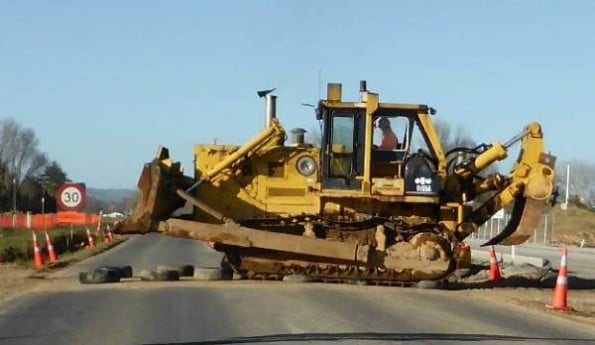
Specialist vehicles: oversized vehicles and vehicles with a specific purpose such as transporting massive equipment may have manufacturer-installed speed limiters.

